3 min read
Top 10 Priorities for State Chief Information Officers
More than halfway through 2025, state Chief Information Officers (CIOs) continue to navigate a dynamic landscape of technological advancements and...
2 min read
Alex Davis : Mar 28, 2025 3:54:51 PM
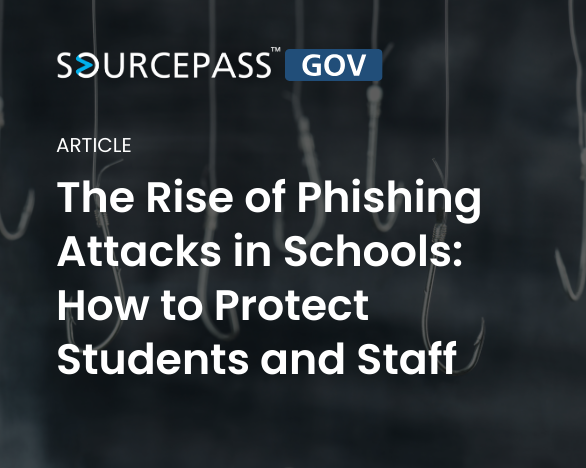
Schools and educational institutions have become prime targets for phishing attacks. Cybercriminals are exploiting vulnerabilities in school networks, taking advantage of unsuspecting students, teachers, and administrators.
With the increased reliance on digital tools for learning and communication, phishing attacks have surged, posing serious risks to sensitive student data, financial information, and overall cybersecurity.
Schools are attractive targets for cybercriminals for several reasons:
Phishing attacks come in various forms, including:
To mitigate the risks associated with phishing attacks, schools should implement proactive security measures:
By implementing proactive cybersecurity strategies, schools can safeguard sensitive information, protect their students and staff, and create a secure digital learning environment.
Stay ahead of technology trends with Sourcepass GOV. Speak with an expert today to learn more about mitigating risks for your educational institution to stay one step ahead of cybercriminals.
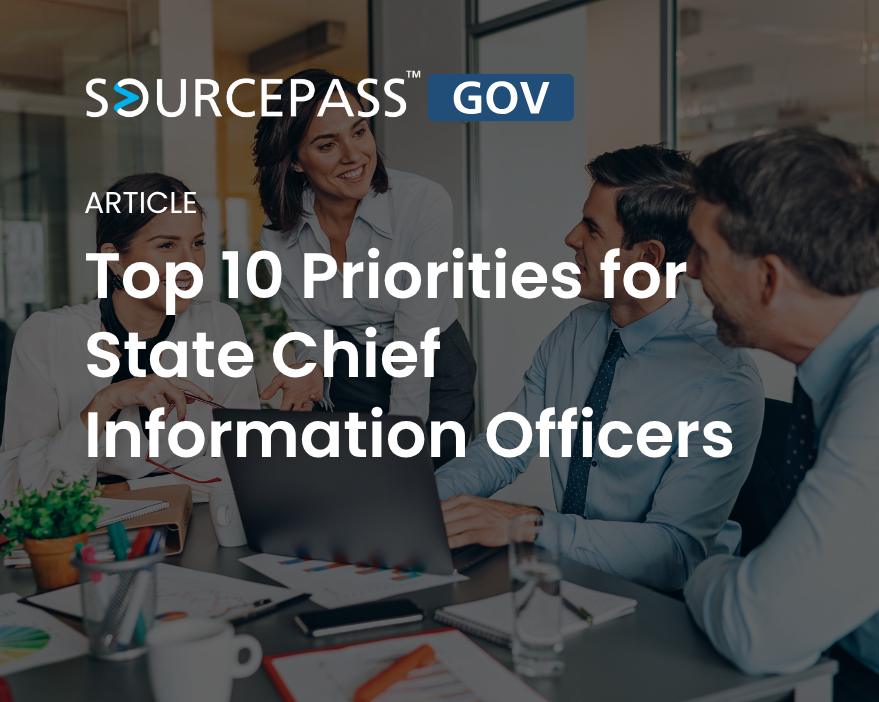
3 min read
More than halfway through 2025, state Chief Information Officers (CIOs) continue to navigate a dynamic landscape of technological advancements and...
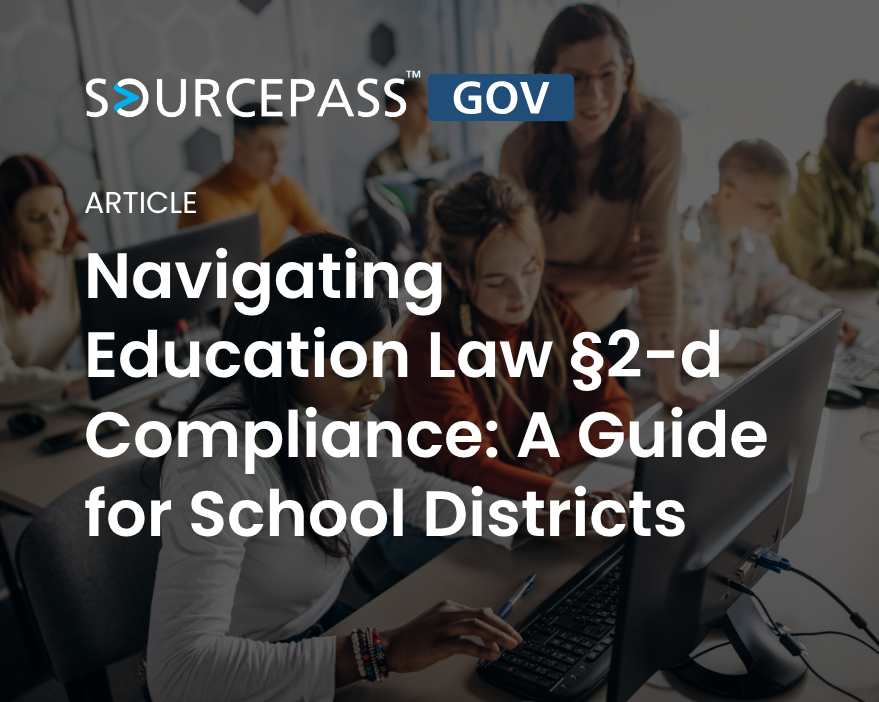
2 min read
Protecting student data is a top priority for school districts. New York's Education Law §2-d, enacted during the 2014-2015 fiscal year, sets forth...

3 min read
Ransomware attacks are a significant threat to state and local governments. These attacks can cripple essential services, compromise sensitive data,...
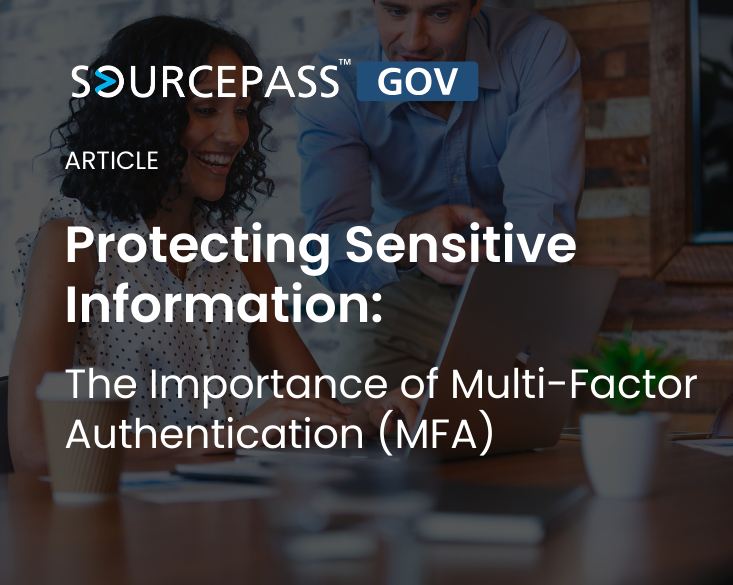
In the modern digital landscape, robust cybersecurity is more important than ever.
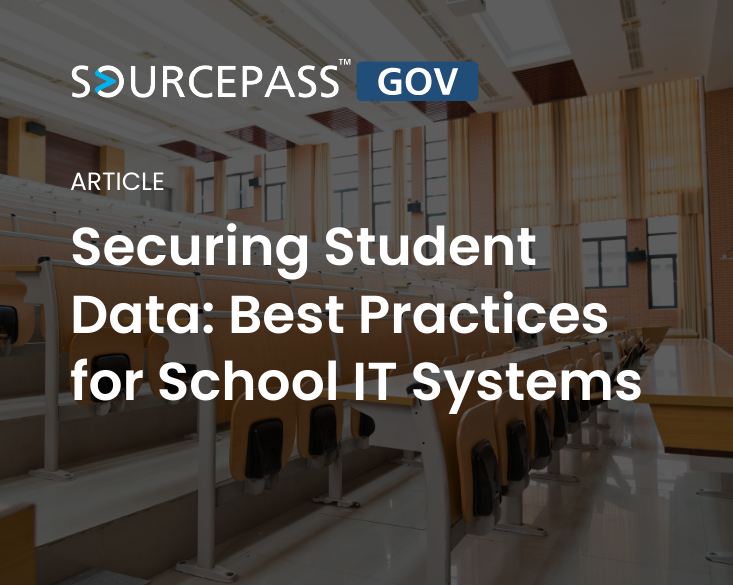
In the age of hybrid and virtual learning, schools have become increasingly reliant on technology to enhance learning, improve administrative...
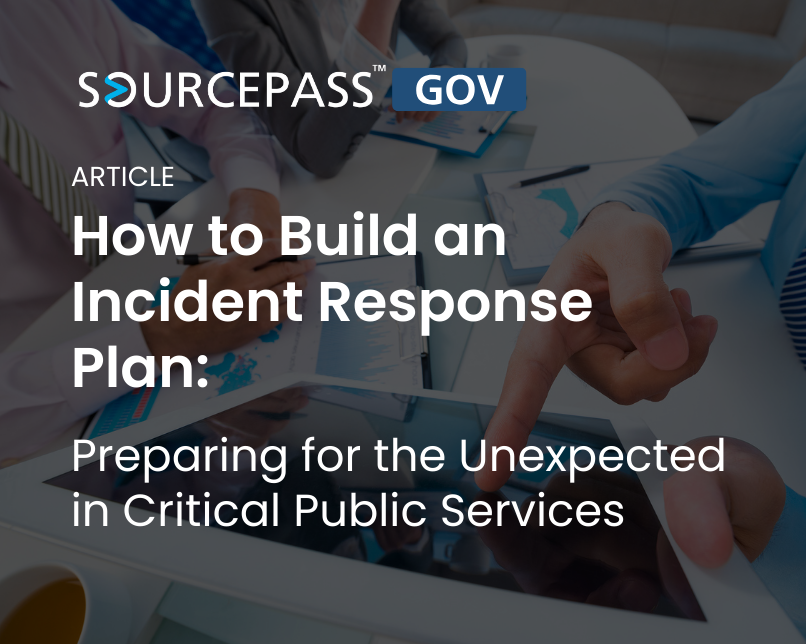
In the evolving digital landscape of public service, local organizations are increasingly exposed to a variety of risks—from cyberattacks to...